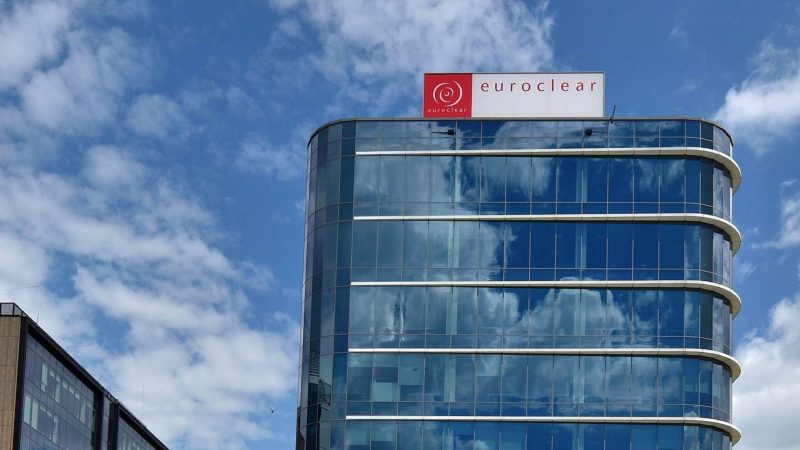The European Securities and Markets Authority (ESMA) has raised fresh concerns about the growing market for tokenized stocks, cautioning that these digital assets may mislead retail investors by offering the appearance of ownership without the actual rights that come with traditional shares.
Tokenized Stocks: Promises and Pitfalls
Speaking at a conference in Dubrovnik on September 1, 2025, ESMA Executive Director Natasha Cazenave highlighted both the potential and pitfalls of tokenized stocks—blockchain-based instruments designed to mimic the value of publicly traded shares. These assets often boast benefits like:
- Around-the-clock trading
- Fractional ownership
- Streamlined access for retail investors
However, Cazenave warned that these features can mask a critical flaw: most tokenized stocks are structured through special-purpose vehicles and do not include rights like dividends or shareholder voting. This can mislead buyers into thinking they own actual equity when they are simply holding a synthetic representation.
Push for Regulation and Investor Clarity
Cazenave stressed the importance of clear communication and solid legal frameworks to support innovation without sacrificing market integrity. Her call to action included:
- Stronger transparency standards for tokenized asset issuers
- Legal clarity around investor rights
- Enhanced oversight to prevent market manipulation
The World Federation of Exchanges (WFE) echoed ESMA’s position, urging regulators worldwide to introduce consistent rules to protect investors and maintain stable financial markets.
Europe Leads in Tokenization but Calls for Caution
Europe has become a front-runner in asset tokenization, with tokenized fixed-income offerings surpassing €3 billion—a threefold increase within a year. Globally, the tokenized asset market is now valued at approximately $600 billion.
Despite these impressive numbers, most projects remain limited in scale and liquidity, often restricted to private placements. Regulators see promise in how tokenization can cut issuance costs, increase transparency, and boost efficiency. Still, they insist these advances must operate within well-established legal and regulatory systems.
